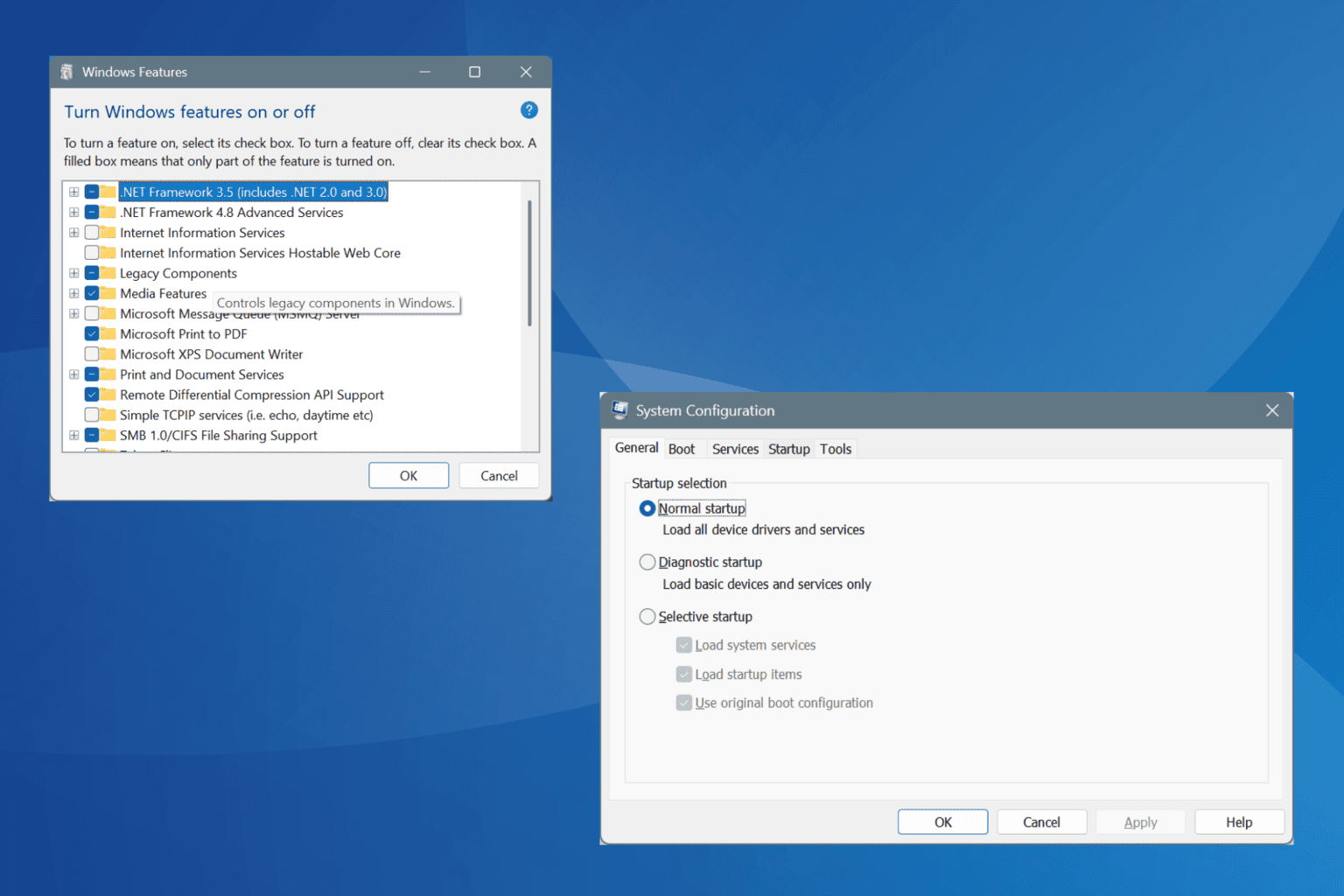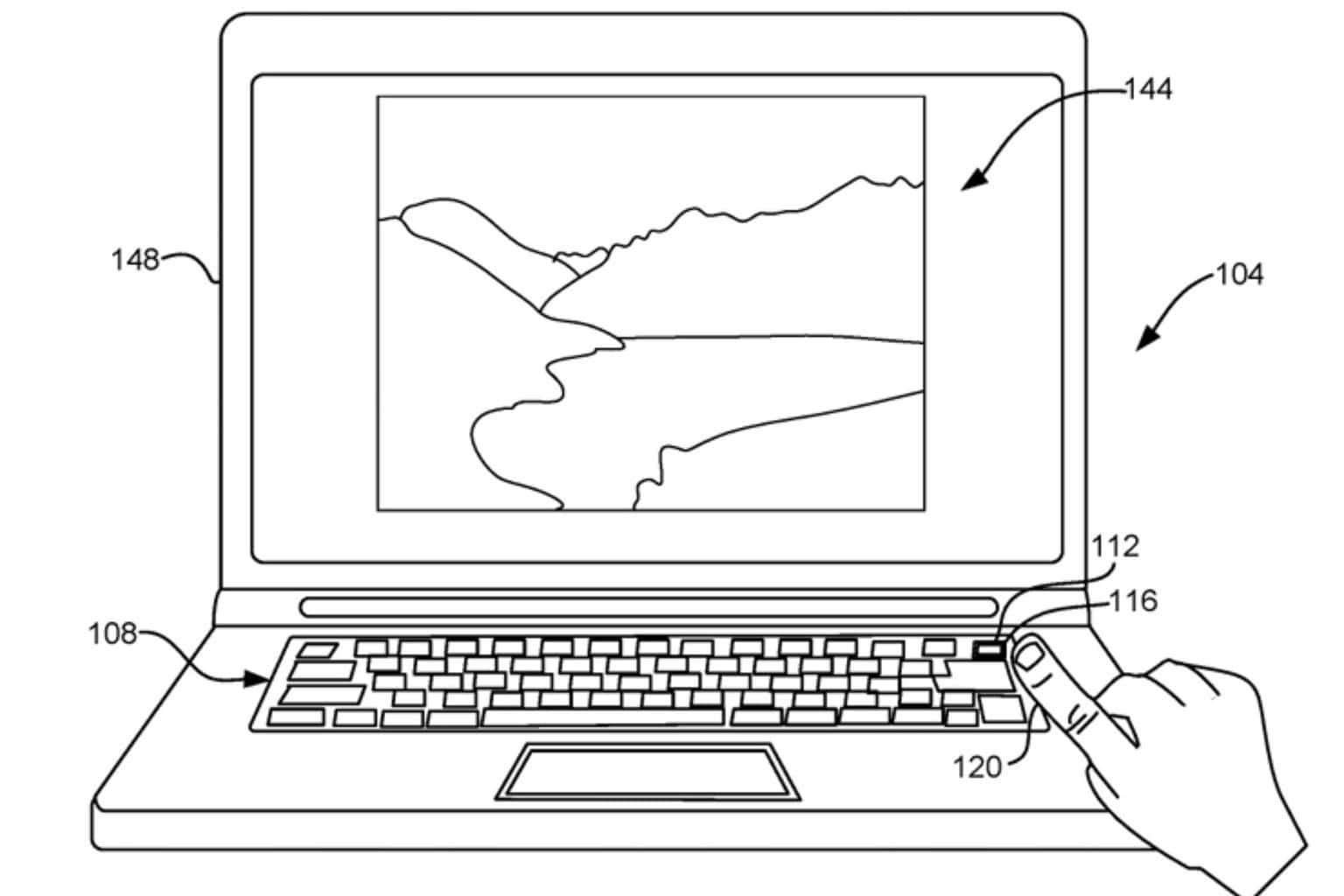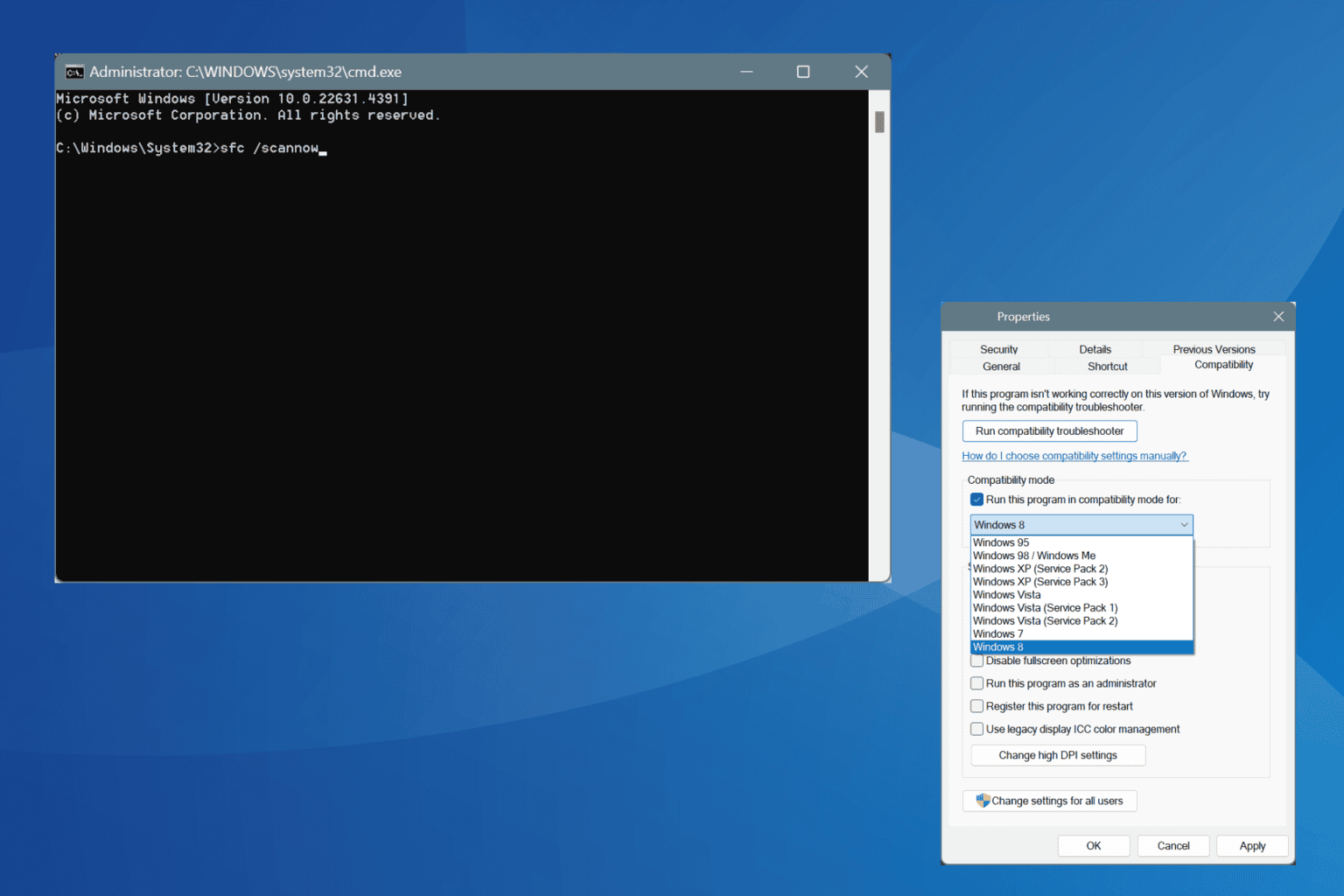Microsoft System Center Configuration Manager turning into SaaS
3 min. read
Published on
Read our disclosure page to find out how can you help Windows Report sustain the editorial team. Read more
Yesterday, Microsoft’s Brand Anderson announced that in the future version of System Center Configuration Manager will be delivered as a service with more frequent updates and new features. Anderson notes in his announcement that because of Microsoft’s new approach to delivering Windows as a Service “the management solution you’ll use to manage Windows 10 must also must be a service.”
What this new commitment to service and regular updates will mean is:
“Each and every time a new set of Windows 10 capabilities gets released, your management solution will need to be updated as well. This means that you are now going to need immediate support for Windows 10 capabilities multiple times a year.”
The new as a Service model for Configuration Manager will allow for IT professionals to more easily manage the latest updates across a wide arrange of devices, including iOS and Android. Anderson explains this work is an extension of what already began with the 2012/R2 product which built an integrated hybrid solution between Intune and Configuration Manager. Now with the latest push for ConfigMgr to be as a service, it will support:
- Update ConfigMgr easily each and every time new Windows capabilities are released.
- Update ConfigMgr each and every time updates or iOS and Android are released.
- Deliver the single-pane-of-glass for managing all devices – with immediate support across Windows, iOS and Android without you have to go through complex individual upgrades. We’ll do the work for you.
ZDNet’s Mary Jo Foley spotted the blog post yesterday and commented how this move to provide Configuration Manager as-a-Service is part of Microsoft’s continuing efforts to deliver all of its software under a new as-a-Service model. Foley explains that this was signaled earlier in the year by Microsoft when they said “the company would be moving toward more of a service-centric Windows and device management model as it made available more pieces of its promised ‘Windows Update for Business.’” Foley also points out that Microsoft committed back in May to releasing a new version of Configuration Manager by the end of 2015 that will support “deploying, upgrading and managing Windows 10.”
In the future each version or update of Configuration Manager will be supported for 12 months, before organizations are required to update to the latest version in order to continue receiving support. Do you think Configuration Manager’s new as-a-Service model is an improvement that will help you manage multiple devices? Let us know in the comments section below.








User forum
0 messages